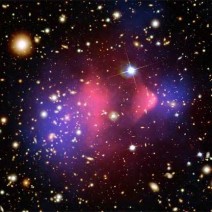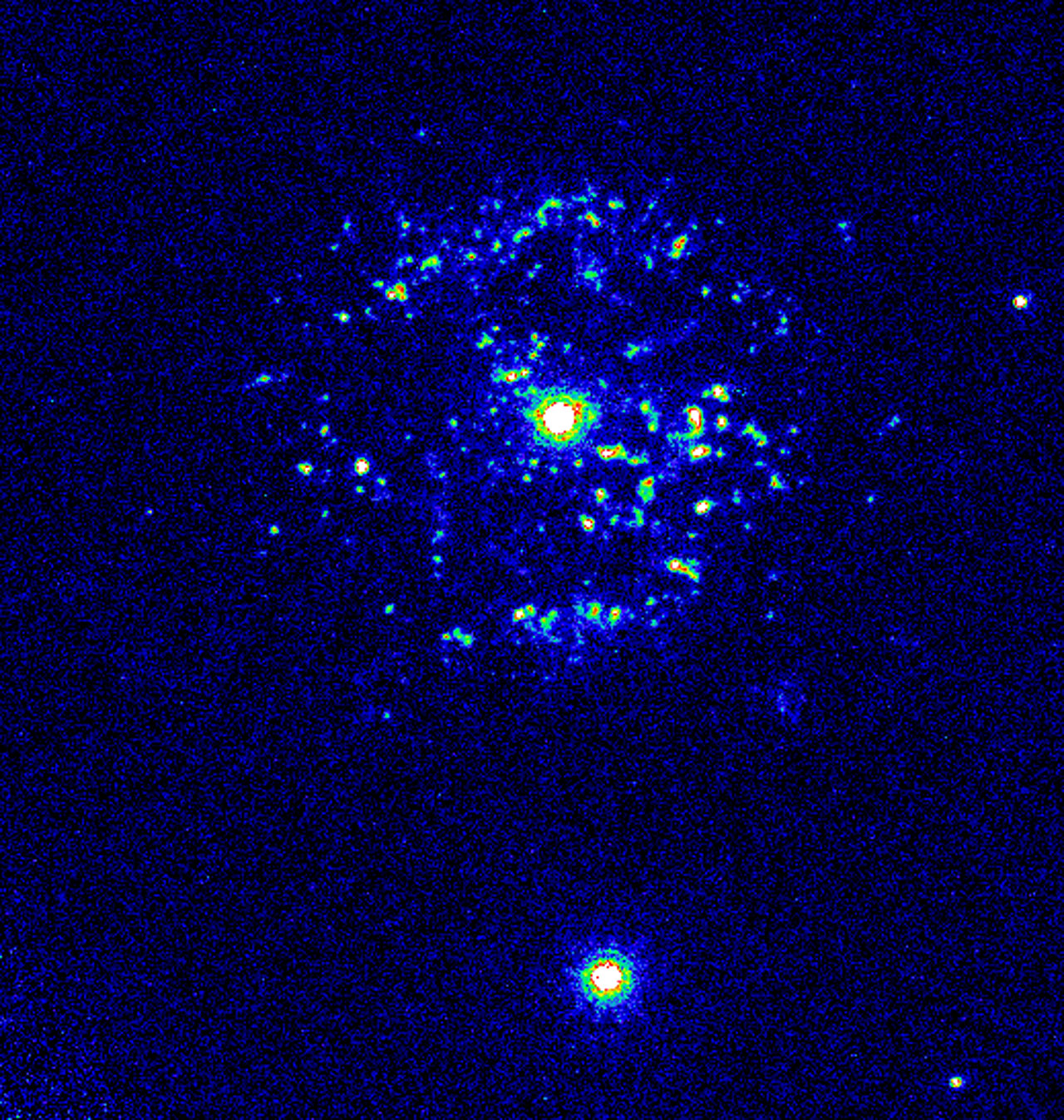Last year, NASA’s Fermi space telescope found a previously unseen structure: two huge gamma-ray bubbles, centered on the Milky Way. The bubbles extend 25,000 light-years north and south of the galactic center. Their nature and origin are still unclear.

A team led by Douglas Finkbeiner of the Harvard-Smithsonian Center for Astrophysics, revealed the bubbles thanks to the sensitivity of Fermi’s Large Area Telescope; previously, because of the diffuse emission – a fog of gamma rays all over the sky, astronomers could not detect the structures.

Now, Kwong Sang Cheng of the University of Hong Kong and his colleagues propose that these bubbles are the result of a periodic star capture by the supermassive black hole at the center of our Galaxy. Their results will be published in the upcoming edition of The Astrophysical Journal Letters. With thousands of stars orbiting the black hole, they calculated that a star is captured every 30,000 years: half the star’s mass falls into the black hole, while the remainder is ejected at high speed. Later, shocking gas that surrounds the Milky Way’s disc, it eventually emits gamma rays.
However, Finkbeiner thinks that such individual star captures are probably not enough to produce the sharp edges seen around the bubbles; according to him, a much more dramatic and rare event occurring every one to ten million years, where the black hole swallows a huge cloud of gas or an entire star cluster, could produce such bubbles. The most recent of these events would have produced the Fermi bubbles we see today.

